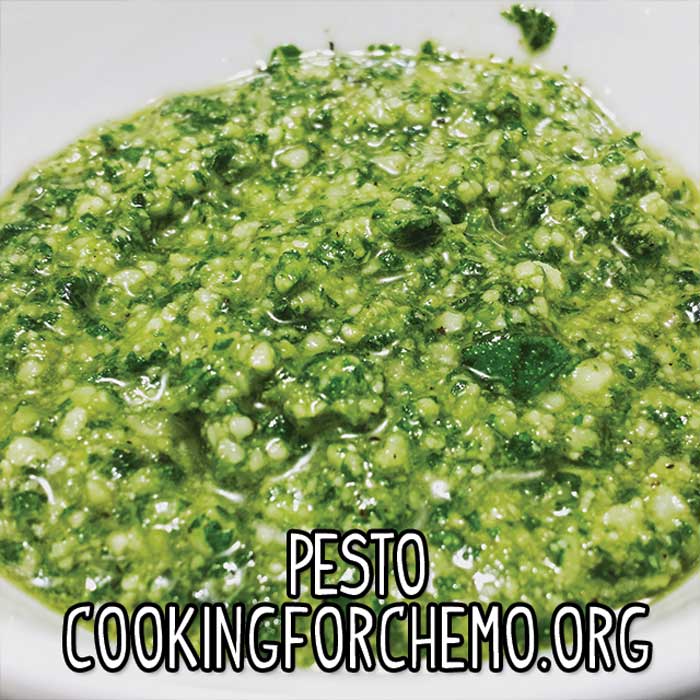Food Smell Association – How to Pick Out Individual Scents and Smells of Foods

How can I use food smell association to identify specific scents and smells inside of a meal? Smell is far more complicated than taste. It is composed of a trillion unique scents and odors. Compare this to your eyes which can only identify a few million colors. With this comparison you can start to see that your sense of smell is a much more advanced sense than your sense of sight. This is why using your nose when you cook and identifying specific food smells is so important in Cooking for Chemo. Let’s learn how to use food smell association.
How to Use Food Smell Association
“What does this smell like to me?” “Is it similar to anything I have had before?” These questions form the basis for food smell association. The human brain, in all of its glorious majesty, works best when ideas can be pigeon-holed.
Pigeon-holing is the concept that small bits of information on a large subject are immediately filed in your brain for immediate recall. Unless you are intensely studying a subject, all most people will recall is what they immediately pigeon-holed into their brain. For example: The sky is blue. The sun is yellow. Cayenne pepper is spicy. Etc.
What this means, in essence, is that people have short attention spans. We will take the shortest bit of information about an idea and stuff it away in our brains. When you smell an item, it is much more productive to build an association than to attempt to understand a new concept. In text, this all seems very confusing, but I have a few examples that will help.
Food Smell Association Example 1
Star anise, licorice, wormwood, basil, and fennel all have similar flavors. The most common association of their flavor is that it tastes similar to licorice. By understanding that all of these flavors are similar, you have now associated these flavors with each other. This becomes extremely helpful when you are cooking with unfamiliar ingredients. I know that fennel, anise, and basil all pair well with pork. I know that licorice and worm-wood pair well with sugar. By using association of these ideas, I may deduce that fennel must go well with sugar and that licorice must go well with pork.
Food Smell Association Example 2
Onions, scallions, shallots, garlic, and leeks all have a similar flavor profile. Just like the example above, by understanding that each one of these has a similar flavor, I may find new uses for each ingredient. Liver is most commonly accompanied by onions. But for a change in flavor, why couldn’t I pair liver with leeks?
The answer is that I absolutely could pair liver with leeks, garlic, shallots, or scallions. Each individual ingredient has their own smell and specific flavor profile. But I now know that because they all have a similar flavor profile, they will all work with the liver.
Food Association is a Powerful Tool
By learning what a flavor reminds you of and is similar to, you may find new and interesting combinations. This also helps with thinking on your feet. What if you are out of an ingredient? By using associations, you can still complete your dish by using similar flavors.
Associations also help when Cooking for Chemo, as you can quickly eliminate offensive odors from dishes before they become a problem. If broccoli is too stinky to be palatable, we can deduce that cauliflower will be too stinky as well.
Inversely, associations can help keep you on the right track for flavors that your loved one enjoys. If the cancer patient is enjoying Tex-Mex tacos, it’s not too much of a stretch to believe that they will enjoy red curry, chili, and other dishes full of cumin.